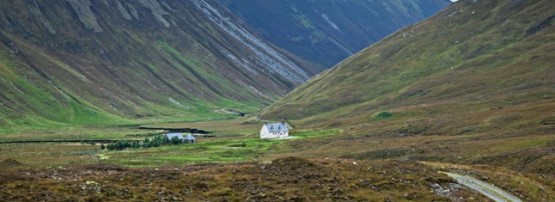
William Waites, High-Speed Universal Broadband Services, presented at RIPE69 on the problems of connecting rural and remote Scotland and bridging the digital divide.
He explained that one of the major issues with northern hemisphere rural locations is that the usual way to get broadband to towns and villages is to use Satellite links. Unfortunately, on the west coast of Scotland it’s sometimes hard to get good signal from the geosynchronous orbit. They are far enough north that the line-of-sight to the sat, which is down on the horizon, is below the skyline of the hills. All that scenery that drives the tourists wild is stopping the data from coming down.
A movement sprang up to bridge the gaps in coverage by building out a local community network based on the few people who could get good ADSL (eg. people close to the exchange) and then using wireless and other point-to-point links to build a mesh.
William talked of a network of thousands of nodes, which had a huge static routing model, linking isolated people. Alas, whilst you would want the Universal Service Obligation (USO) to fix this problem, it comes with its own issues: building to national standard demands public policy processes, such as open tender, health and safety and cost:benefit analysis and a large amount of the cash injection turns out to be lost to the process overheads.
The talk was one of the reminders of how much people can do, when they try. End-to-end sometimes means talking to the person at the end of the road, about how to get to the house one glen along.
The views expressed by the authors of this blog are their own and do not necessarily reflect the views of APNIC. Please note a Code of Conduct applies to this blog.
